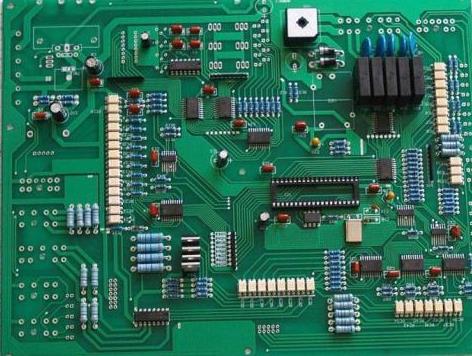In general, the SMT mounting method we often see is a turnip and a pit, which means that only one bungalow can be built on a piece of land. However, recently, the packaging technology for electronic components has changed rapidly, and the size is required to be smaller and smaller. Therefore, it is often seen that using circuit boards to attach parts and then pasting them on the final circuit board as ordinary SMD parts, such as LGA packaging, belongs to this type of technology, In addition, it is sometimes heard to attach another part to a part. It is often heard that a BGA part is attached to another BGA part. This packaging technology is commonly known as PoP (Package on Package), which is similar to building a building. A piece of ground can cover more than two floors.

However, there is still a new SMT process called CoC (Chip on Chip). Since another BGA can be attached to the BGA, can small chips such as small capacitors or small resistors also be used to achieve the purpose of automatic overlap welding using SMT machines?
BGA's PoP process is usually required by BGA parts manufacturers, so many solder bumps will grow directly above the BGA package for welding with another BGA, and the BGA itself will have solder balls. Therefore, SMT machines do not need to make any special adjustments to hit the BGA on the T/P (Top Package) of the PoP above the BGA under the B/P (Bottom Package), and the success rate of welding is very high as long as the reflow furnace temperature is adjusted properly.
However, there is not enough solder on ordinary small resistors/capacitors/inductors to weld two small parts, so how to print solder paste between the two parts has become a big problem. However, people always come up with a solution, and I really admire these engineers. Looking at the following image, so far, the work bear has not actually implemented it, but it's interesting to hear that someone has already done it successfully.
The purpose of CoC is to make L/C/R parts in parallel. Generally speaking, there is little chance of parallel connection between resistor and capacitor overlap welding. If capacitor and capacitor overlap welding are connected in parallel, the capacitance value can be increased. Some parts with large capacitance may be too expensive or simply unavailable, so parallel capacitance can be considered. There are functional requirements for zero out RC parallel or LC parallel.
Implementation method of CoC: Pure consideration is given to using SMT for automatic welding, regardless of manual welding. The SMT machine may need to be modified. You can ask the SMT manufacturer to modify the program to achieve this. Referring to the above illustration, B/C (Bottom Chip) is the lower part, and T/C (Top Chip) is the upper part. At the beginning, solder paste is printed on the solder pads of B/C and T/C respectively, and both B/C and T/C are printed to their respective positions on the circuit board. The following is the key point, Then, use the suction nozzle of the SMT machine to suck the T/C parts from the circuit board and overlap them on top of the B/C. At this time, some solder paste originally printed on the printed circuit boards should be stained on the end of the T/C, which is to be used to weld the B/C and T/C parts together. In addition to adjusting the picking and placing procedures of the SMT machine, the amount of solder paste originally printed on the T/C may also need to be optimized and adjusted.